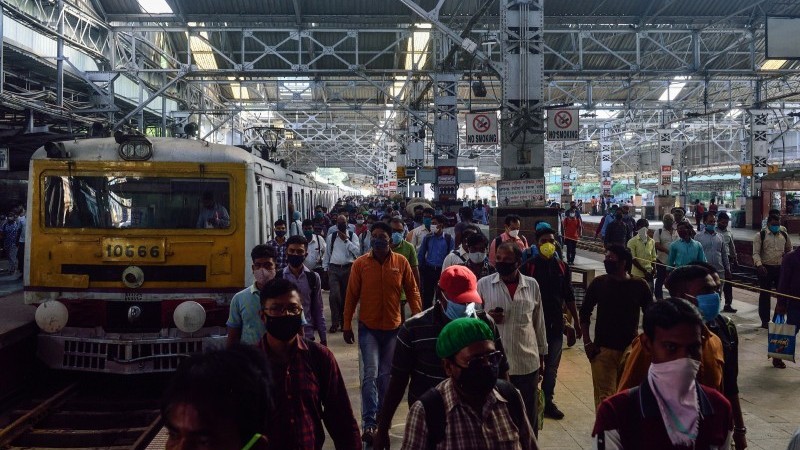Not out of the woods just yet
Like elsewhere in Asia, the worst of India’s slump is certainly behind it, however, a large part of the economy continues to be reeling.
The five most affected Indian states at the time of writing are Maharashtra, Karnataka, Andhra Pradesh, Tamil Nadu and Kerala – in that order, which coincidentally make up about 40% of the country’s GDP and economic activity in some of these and other states remain partially stalled. In Maharashtra, home to the financial capital Mumbai and with the biggest share in total GDP i.e. 14%, the existing lockdown has now been extended until 31 December 2020.
India’s exports plummetted by a whopping 17% YoY in the first 10 months of 2020 – the steepest in Asia and unfortunately it lacks the export support that some of its Asian neighbours have recently started enjoying. The decision to stay out of the Regional Comprehensive Economic Partnership (RCEP) trade deal will also deprive the country of any potential benefits of this intra-regional free trade, although there might not but much to reap here given the existing bilateral trade agreements, which partly reduces incremental benefits. Therefore, the small share of exports in GDP and low exposure to China insulate it from the risk of any trade or technology war.
Without a material improvement in the underlying economic fundamentals, it’s going to be a tough path for the INR going into 2021
Meanwhile, weak domestic demand and subdued global oil prices should sustain weak imports and narrower trade deficit trends well into 2021. The current account posted a record surplus of $20 billion in 1Q20, which with a huge stockpile of foreign exchange reserves of over $500 billion, the external payments position should continue to be comfortable. However, this hasn’t prevented international credit rating agencies from cutting India’s sovereign rating outlook on the grounds of slow growth and deteriorating public finances. In turn, the negative rating overhang has been an added whammy to a beleaguered Indian rupee, sustaining it as an Asian underperformer, the status it has held over the last few years. Without a material improvement in the underlying economic fundamentals, it’s going to be a tough path for the INR going into 2021 as well.


